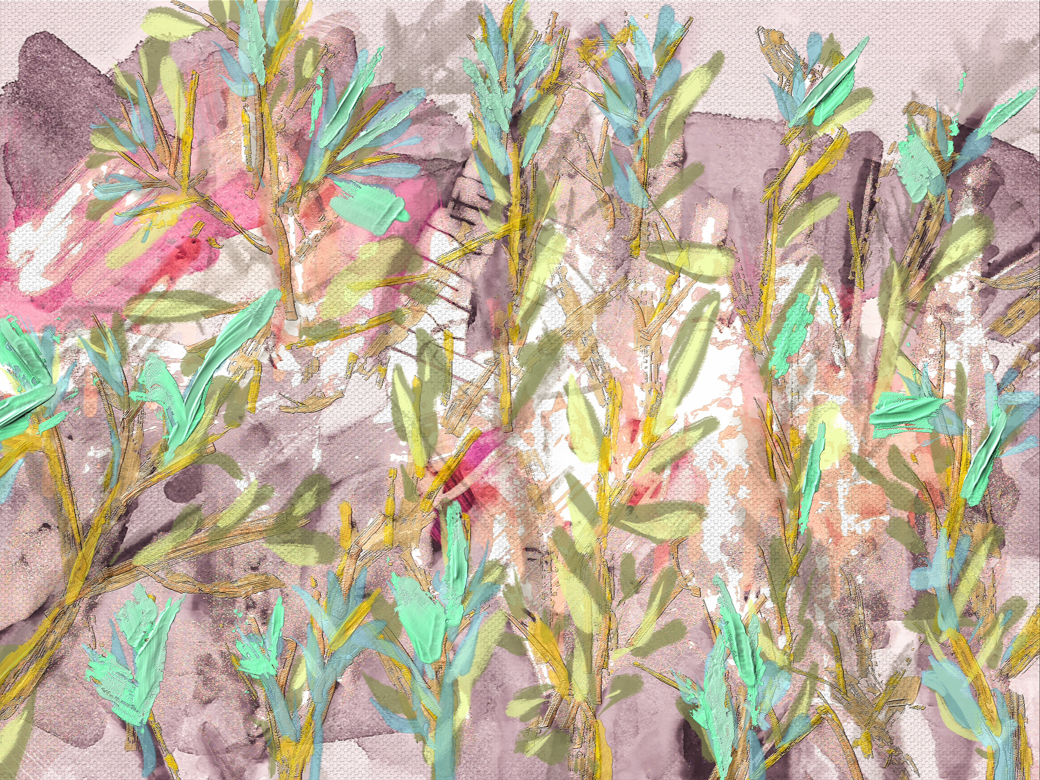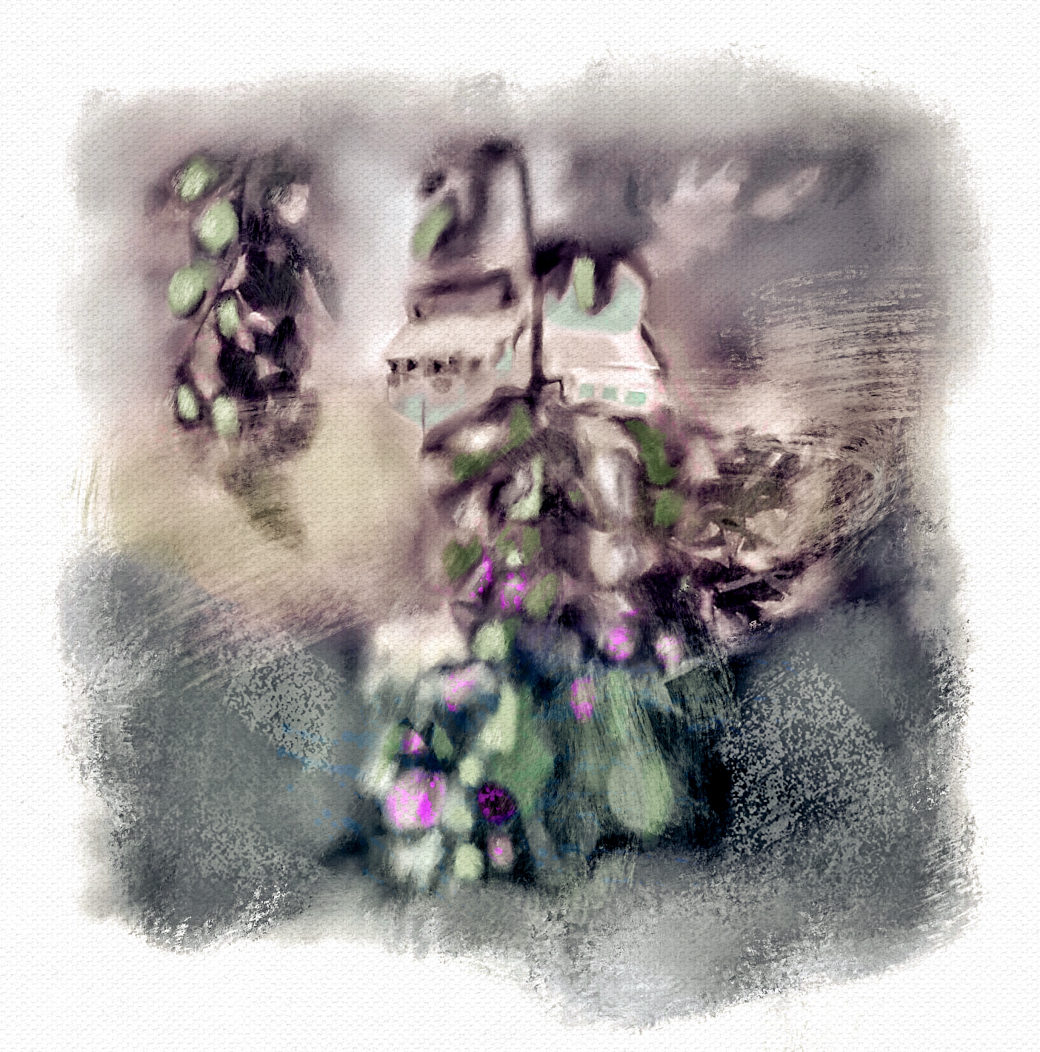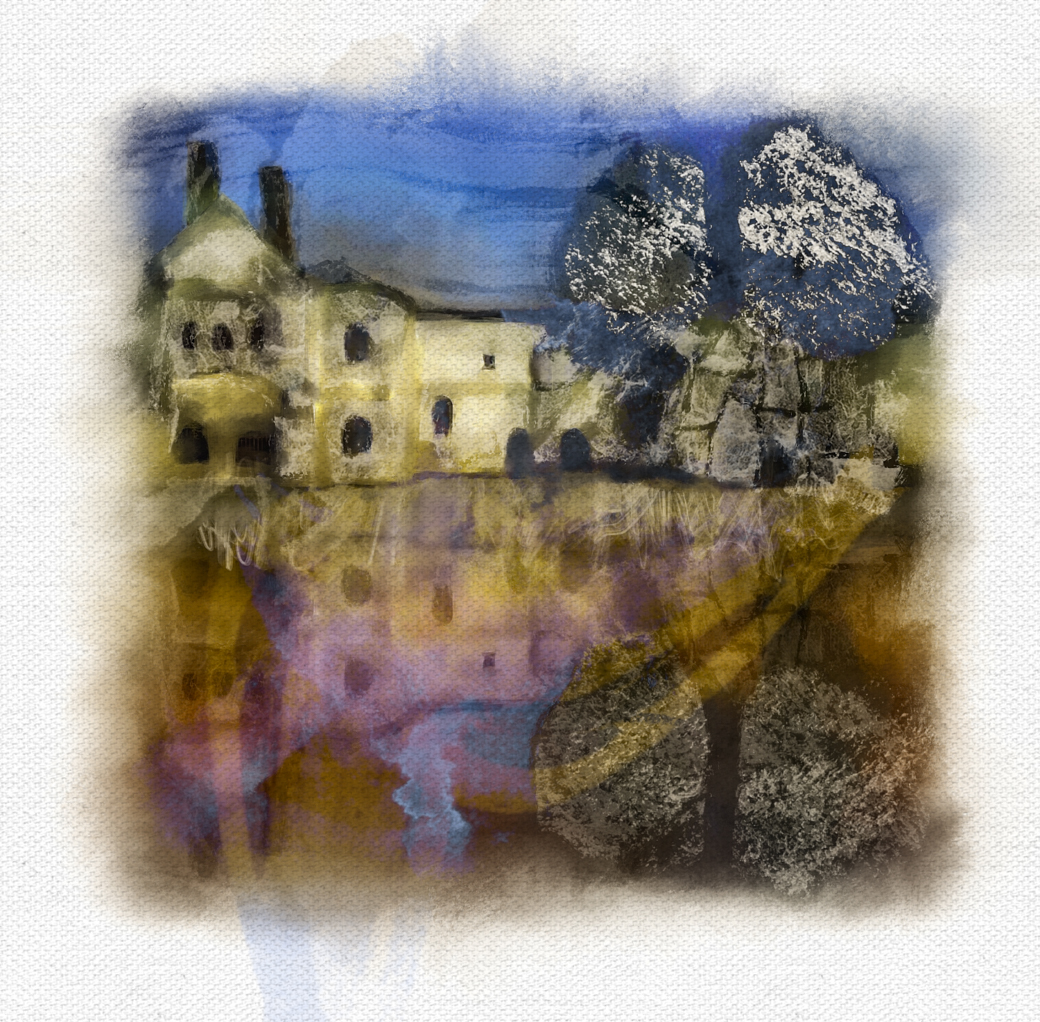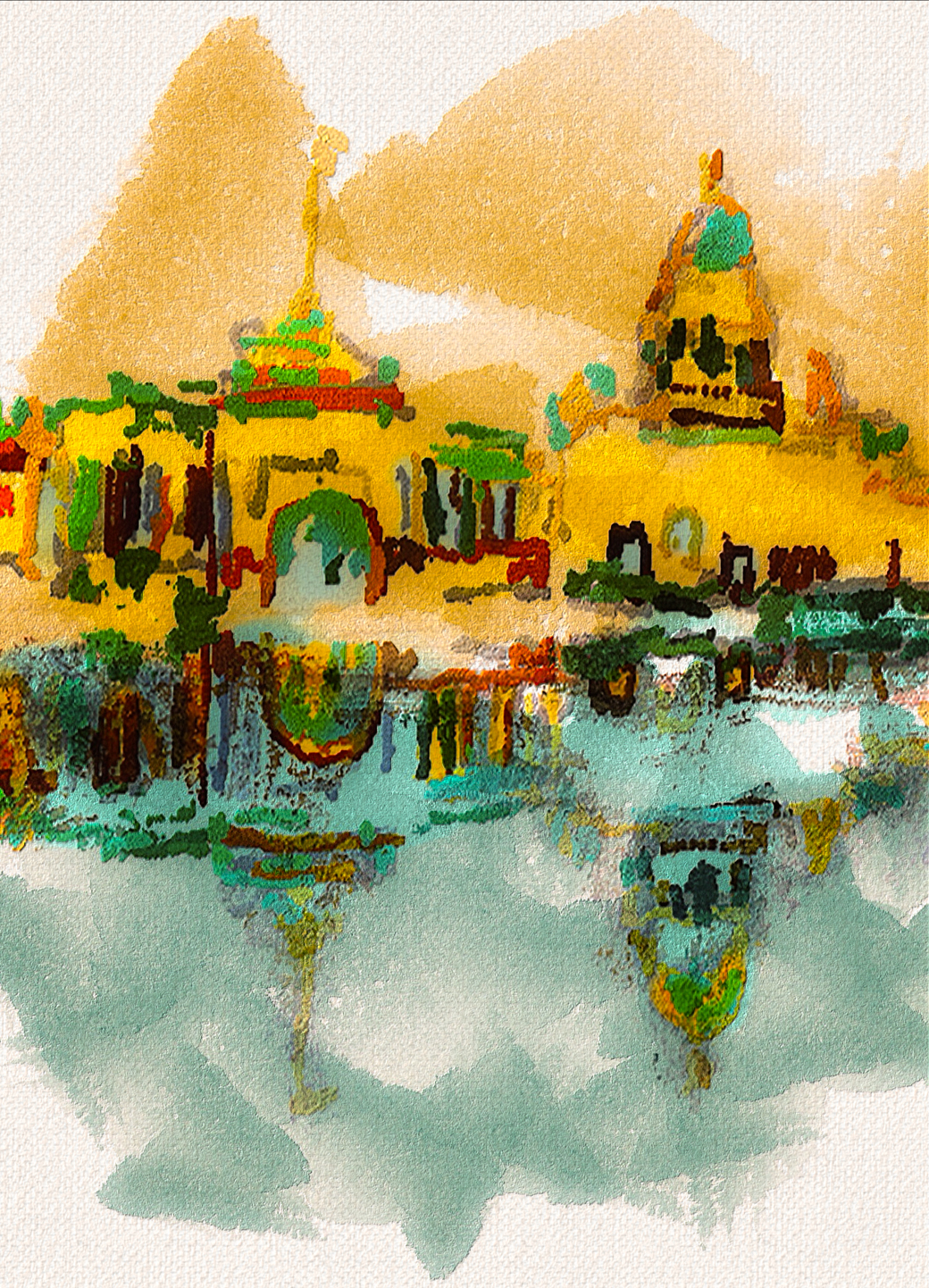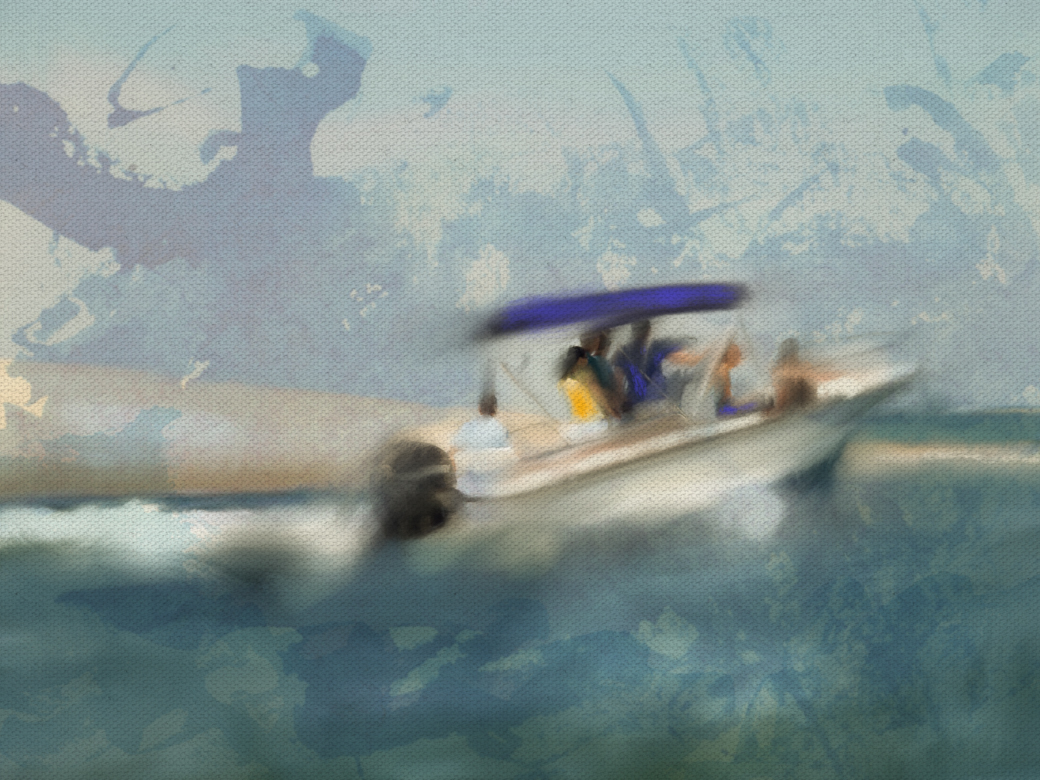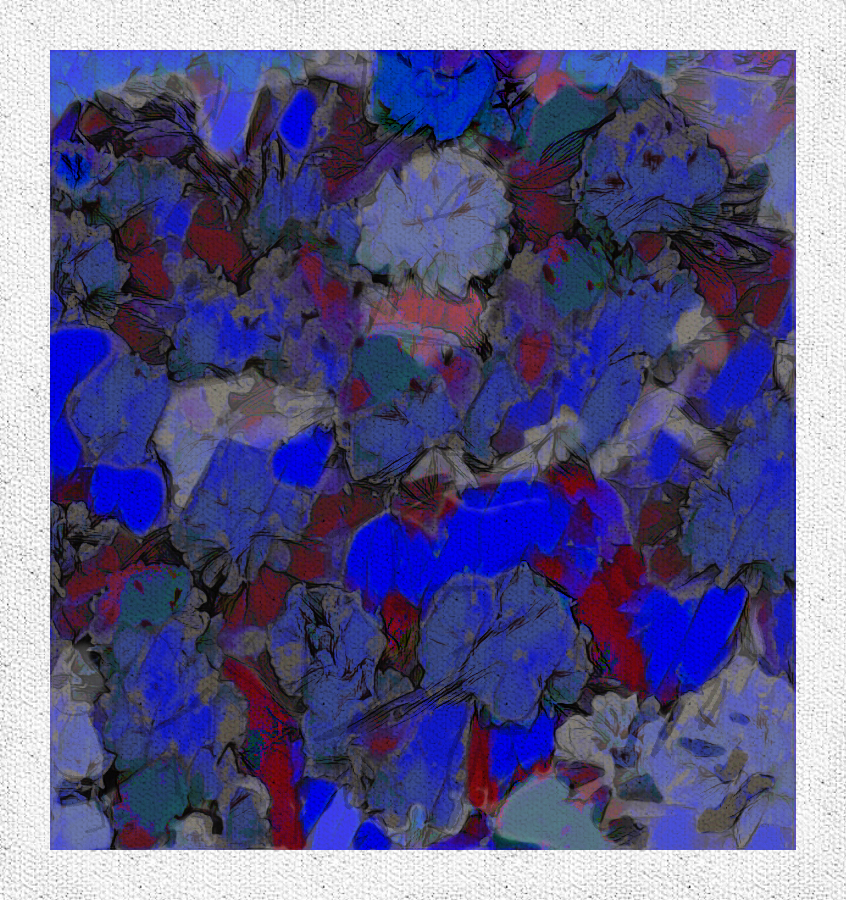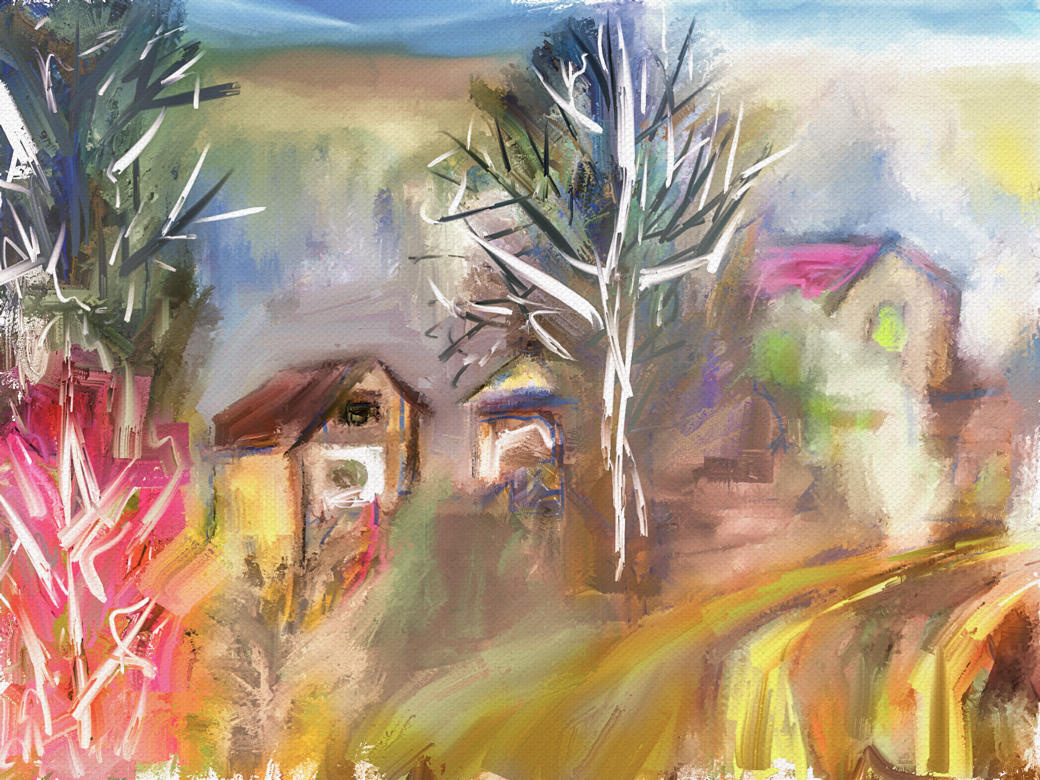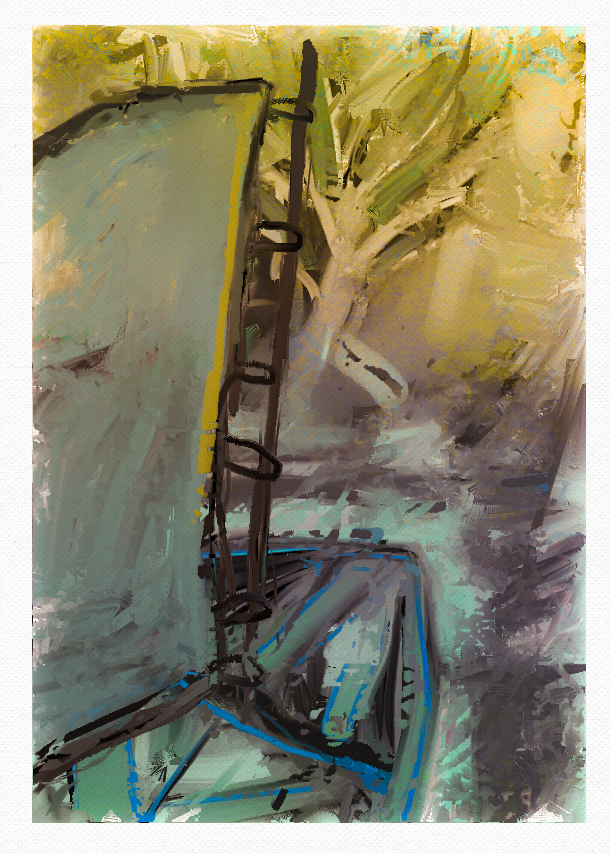crazy grass
fish with an attitude
inspiration “Willem De Kooning”
more
4 ducks
boat
missing my girl
at the beach
a bit of visual russian propaganda
more around the harbor
around the harbor
Fiji 6 years back
Look here
Sunrise / Cape Cod National Seashore
Ekaterina Thompson June 2017
Flowers
Duck
Sailboats Gruissan France
Beach walking / Gruissan France
my French wife
abstract sailboats
Provincetown Boats
another lavender rhododendron
fooling around town June 10, 2017
fooling around with painter nozzles June 10, 2017
fooling around with ipad apps June 10, 2017
Rhododendron
Rhododendron is a genus characterised by shrubs and small to (rarely) large trees, the smallest species growing to 10–100 cm (3.9–39.4 in) tall, and the largest, R. protistum var. giganteum, reported to 30 m (98 ft) tall. The leaves are spirally arranged; leaf size can range from 1–2 cm (0.39–0.79 in) to over 50 cm (20 in), exceptionally 100 cm (39 in) in R. sinogrande. They may be either evergreen or deciduous. In some species, the undersides of the leaves are covered with scales (lepidote) or hairs (indumentum). Some of the best known species are noted for their many clusters of large flowers. There are alpine species with small flowers and small leaves, and tropical species such as section Vireya that often grow as epiphytes. Species in this genus may be part of the heath complex in oak-heath forests in eastern North America. (source – https://en.wikipedia.org/wiki/Rhododendron)
nice neighborhood
Kartusha 15 months old – balancing act
so happy with Kartusha 7 months old
the guy
Watery Rooster & Easter Lily
The Seine
The Seine rises in the commune of Source-Seine, about 30 kilometres (19 mi) northwest of Dijon. The source has been owned by the city of Paris since 1864. A number of closely associated small ditches or depressions provide the source waters, with an artificial grotto laid out to highlight and contain a deemed main source. The grotto includes a statue of a nymph, a dog, and a dragon. On the same site are the buried remains of a Gallo-Roman temple. Small statues of the dea Sequana “Seine goddess” and other ex voti found at the same place are now exhibited in the Dijon archeological museum. (source – https://en.wikipedia.org/wiki/Seine)
National flower of Argentina
Erythrina cristina galli (Ceibo) is the National flower of Argentina. The Erythrina is a South American tree, with carmine red flowers and a crooked trunk. Locally Erythrina is called as ceibo, sebo or bucar. Common names of Erythrina include, Cockspur Coral Tree, Cock’s Comb, Common Coral Tree, Cry-Baby Tree. (source http://www.theflowerexpert.com/content/aboutflowers/nationalflowers/argentina-national-flower)
Messy Woods
(by Michael J. Fargione) Standing dead trees are known as snags; they provide food, shelter and resting places for wildlife. As fungi and insects attack living trees and dead snags, they soften the wood, making it possible for woodpeckers and other cavity makers to create holes. These holes are also used by other animals. (source – http://www.caryinstitute.org/newsroom/messy-woods-serve-critical-purpose-forest-management)
Two Tree’s
Two Tree’s
The Neva

“The Neva is the main waterway of Petersburg and the town is situated along its banks and across the islands of its broad delta. It is one of the largest rivers in Europe by volume of water and also one of the world’s shortest major rivers at only 74 kilometers. The Neva connects Lake Ladoga, the largest lake in Europe, to the Baltic Sea. For centuries, it was of great strategic importance for transport and so the interests of the Russians, Swedes, Finns, and Balts clashed on its banks. From the 8th-13th centuries, the Neva was part of the trade route from Scandinavia to Byzantium, the road “from the Varangians to the Greeks.” In 1240, the Novgorod militia led by Prince Alexander Yaroslavich defeated the invading Swedish army on the banks of the Neva. Because of the victory, the prince was thereafter nicknamed Alexander Nevsky (of the Neva). But the main page in the history of this great river began to be written, of course, in 1703 when St. Petersburg was founded at the mouth of the Neva.” (source – http://www.saint-petersburg.com/rivers-and-canals/neva-river/)
Karalian Outhouse
Karalian Outhouse (source – Karalian Outhouse)
beachgrass
Ammophila breviligulata (American beachgrass or American marram grass) is a species of grass that is native to eastern North America, where it grows on sand dunes along the Atlantic Ocean and Great Lakes coasts. Beachgrass thrives under conditions of shifting sand, sand burial, and high winds; it is a dune-building grass that builds the first line of sand dunes along the coast. Beachgrass is less vigorous in stabilized sand, and is only infrequently found further inland than the coastal foredunes. A. breviligulata was introduced to the Pacific coast of North America in the 1930s. It is proving to be invasive, and is increasingly important to coastal ecology and development in Oregon, Washington, and British Columbia. (source – Wikipedia)
playing with a new brush – 3
playing with a new brush – 2
Playing with a new brush – 2
playing with a new brush – 1
playing with a new brush – 1.
Coastal dunes
“Coastal dunes make up roughly one third of the Cape Cod National Seashore, covering approximately 8,500 acres from Chatham to Provincetown. Dunes predominate on barrier beach and spits, along the coastal margins of the Atlantic Ocean and Cape Cod Bay, and across the northern tip of the peninsula – an area known as the Province Lands.” – (https://www.nps.gov/caco/learn/nature/sand-dunes.htm)
View from my friend’s window
View from my friend’s window in Hanko Finland. Hanko (Finnish pronunciation: [ˈhɑŋko]; Swedish: Hangö), is a bilingual port town and municipality on the south coast of Finland, 130 kilometres (80 mi) west of Helsinki. Its current population is 8,835 (31 March 2016), with a majority being Finnish speakers and a strong minority being Swedish speakers (44%). – (source Wikipedia.com)
Abandoned greenhouse
I stumbled across this “abandoned greenhouse“ in Botzovo in Lenigrad Oblast several years ago. The other day I painted it using a restricted palette.
KOZYOL means Idiot in Russian
KOZYOL means Idiot in Russian. Here is my painting of a Billy Goat – KOZYOL or Idiot in Russian..
The Idiot (Russian: Идио́т, Idiot) is a novel by the 19th-century Russian author Fyodor Dostoyevsky. It was first published serially in the journal The Russian Messenger in 1868–9.
The title is an ironic reference to the central character of the novel, Prince (Knyaz) Lyov Nikolaevich Myshkin, a young man whose goodness and open-hearted simplicity lead many of the more worldly characters he encounters to mistakenly assume that he lacks intelligence and insight. In the character of Prince Myshkin, Dostoevsky set himself the task of depicting “the positively good and beautiful man”.[2] The novel examines the consequences of placing such a unique individual at the centre of the conflicts, desires, passions and egoism of worldly society, both for the man himself and for those with whom he becomes involved. The result, according to philosopher A.C. Grayling, is “one of the most excoriating, compelling and remarkable books ever written; and without question one of the greatest.”[3]
Japanese flowering cherry
The Japanese flowering cherry (also known as the Yoshino cherry) is the darling of the flowering tree world and the star of such renowned events as the National and International Cherry Blossom Festivals. This stand-out tree is, of course, known for its vibrant display of white-pink blossoms and faint almond fragrance in the springtime. In the summer, this tree will be a highlight in the yard with its oriental branching pattern, glossy bark and dark green leaves. (Source https://www.arborday.org/trees/treeguide/TreeDetail.cfm?ItemID=812)
Mirabelle plum
The mirabelle Plum is identified by its small, oval shape, smooth-textured flesh, and especially by its red, or dark yellow colour which becomes flecked in appearance. They are known for being sweet and full of flavour. The fruit is primarily used in fruit preserves and dessert pies, and its juice is commonly fermented for wine or distilled into plum brandy. Ninety percent of mirabelle plums grown commercially are made into either jam (70%) or eau de vie (20%). The plums are also excellent when eaten fresh. (source – https://en.wikipedia.org/wiki/Mirabelle_plum)
Mirabelle plums grow wild at my wifes Russian dacha
Dacha Walk Flowers
Dacha Walk Flowers
Russia has a largely continental climate because of its sheer size and compact configuration and the climate thus effect the cultivation of flowers in the country. Both imported and locally grown flowers may be found in Russia, the latter are always cheaper, but there quality leaves much to be desired. (source – http://www.theflowerexpert.com/content/flowerbusiness/flowergrowersandsellers/national-native-popular-flowers-of-russia)

